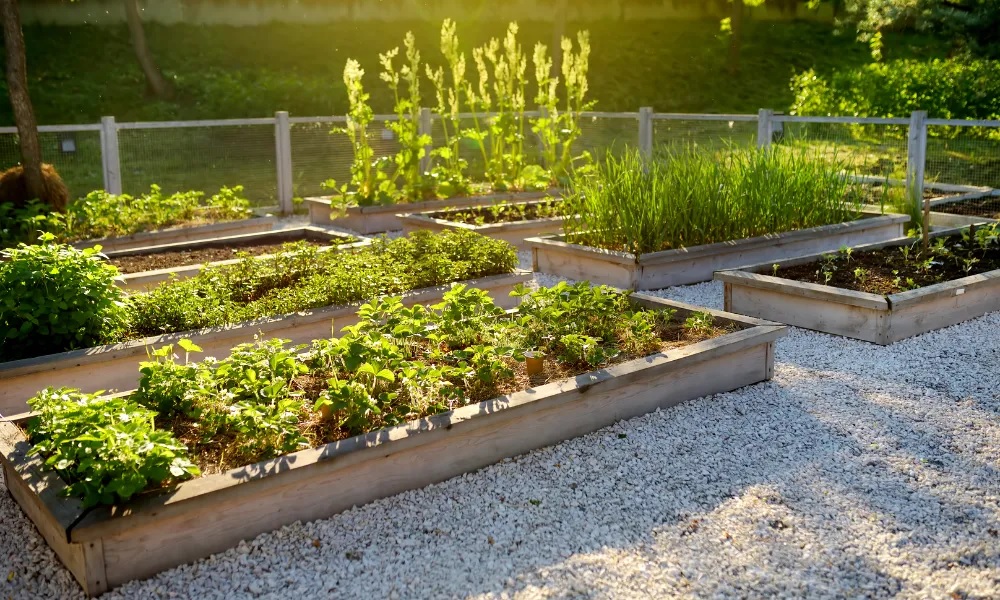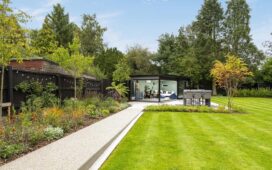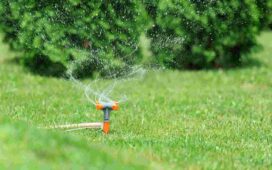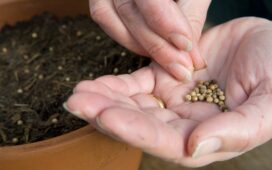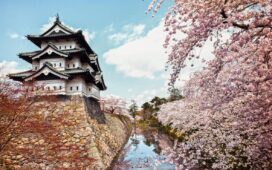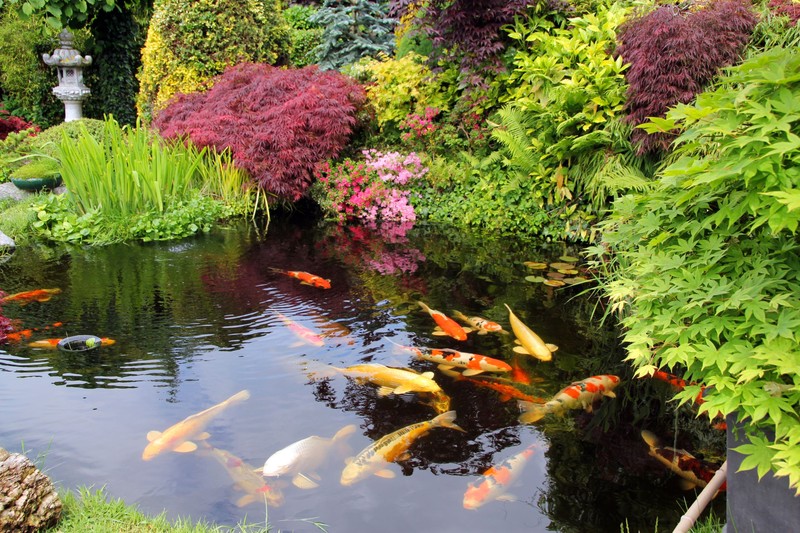A U-shaped garden is designed in the shape of the letter “U”; view it now to see how it looks. In this design, the garden area is enclosed on three sides by planting beds, structures, or other landscaping elements, forming a U-shaped configuration. The open side of the “U” can be oriented towards a specific view, a house, or another focal point. The design can create a sense of enclosure, privacy, and coziness within the garden space.
Advantages of installing a U-Shaped garden
U-shaped gardens offer several advantages:
- The surrounding walls or plantings on three sides provide a degree of privacy and separation from the outside environment.
- Microclimates. The enclosed space can create microclimates, protecting plants from harsh winds and providing warmer conditions for certain plants.
- Focal Points. The open side of the U can be oriented towards a specific focal point, such as a fountain, sculpture, or a beautiful view, drawing attention and adding visual interest.
- Design Opportunities. The three sides of the U can be utilized for different landscaping elements, such as flower beds, shrubs, trees, seating areas, or pathways.
- Ease of Maintenance. U-shaped gardens can be designed to minimize the open lawn space, reducing the need for comprehensive mowing and maintenance.
- Cozy Atmosphere. The enclosed nature of the design can create a cozy and intimate atmosphere, making it a comfortable space for relaxation and outdoor activities.
When planning a U-shaped garden, it is important to consider factors like the orientation of the open side (for optimal sunlight exposure), the choice of plants that thrive in the available microclimates, and the overall aesthetic and functional goals for the space.
What are the best plants to grow in a u-used garden?
The selection of plants for a U-shaped garden depends on different factors, including:
- climate
- soil type
- sunlight availability
- personal preferences
Here are some plant suggestions that you can consider for different areas within the U-shaped garden:
- Climbing plants
- Tall shrubs
- Perennial flowers
- Ornamental grasses
- Small shrubs
- Flower beds
- Herb garden
- Vegetable garden
- Fruit trees
- Patio or seating area
Consider your local climate and soil conditions when choosing plants, and group plants with similar water and sunlight needs together for more efficient maintenance. Choose a mix of plants that provide year-round interest, including those with varying bloom times and foliage colors.
Cost of installation
The cost of installing a U-shaped garden can vary widely depending on several factors, including the size of the garden, the materials used, the types of plants selected, the labor costs in your area, and any additional features or structures you plan to include:
- Landscaping materials
- Labor costs
- Design and planning
- Plant selection
- Hardscape elements
- Soil preparation and amendments
- Irrigation and lighting
- Maintenance equipment
- Local factors
Given these variables, it’s difficult to provide an exact cost figure without knowing the specifics of your project. It’s advisable to consult with local landscaping professionals, get multiple quotes, and thoroughly plan your project to understand the estimated costs involved. It will help you create a budget that aligns with your goals for the U-shaped garden installation.

